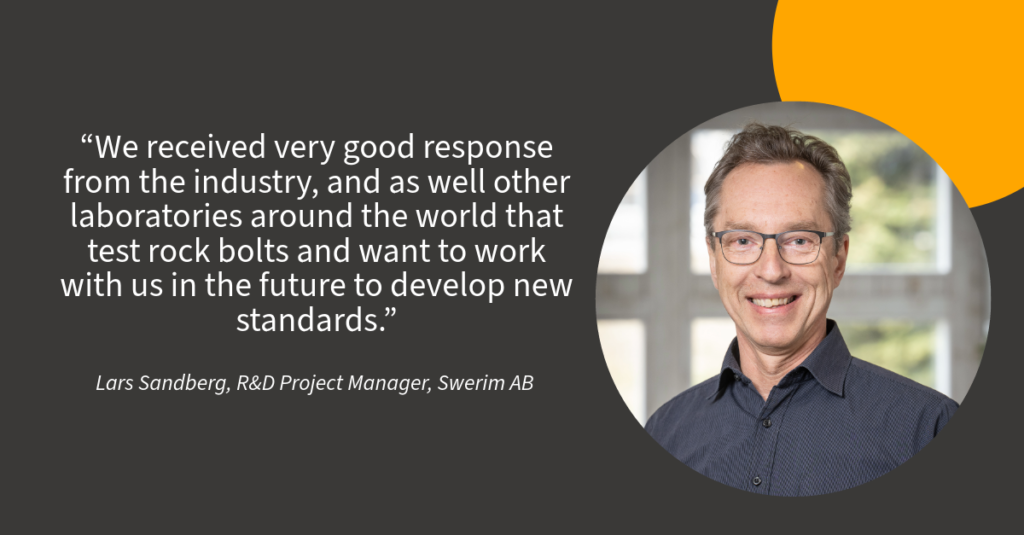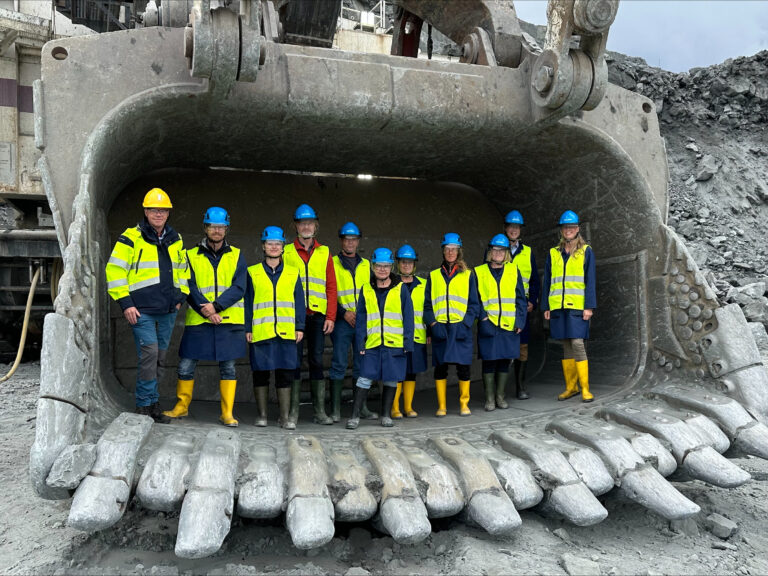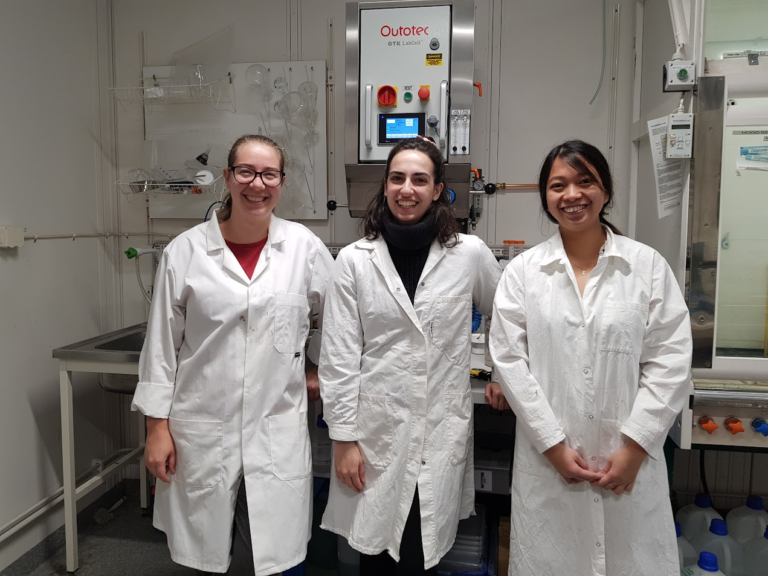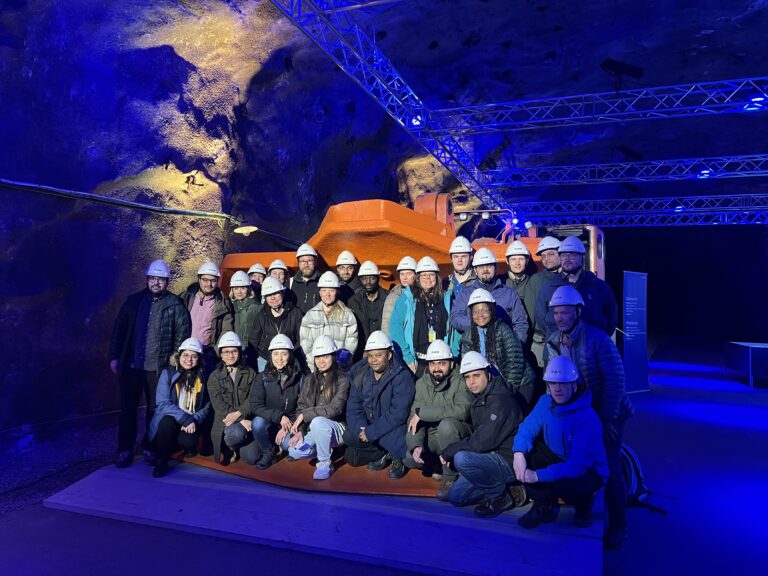Currently, there is a lack of accepted standards for rock reinforcement testing around the world, while at the same time also a large need for a system to enable fair and more realistic comparisons between bolts developed and tested in different parts of the world.
A system of globally accepted, constantly updated standards would make it easier and faster for manufacturers to develop new, improved components and systems, and allow mines to properly evaluate and select rock reinforcement solutions. Such a system creates opportunities for a more systematic development and improvement of underground safety. Having standards in place would also make it easier to get established and gain industry acceptance for new test facilities, thereby improving access to and reducing lead time for test services. Introducing new standards is a long process but very important for the industry.
Standardization of methods and equipment for rock reinforcement testing
Two projects have been supported by Swedish Mining Innovation. One project was to develop a new, dynamic testing rig for rock reinforcement systems that can better simulate stress conditions on rock bolts. A new test-rig was developed and is now in use at Swerim, with additional funding from SSAB and Swerim. A second project, a strategic project, was to develop knowledge of the processes within SIS (Swedish Institute for Standards) and ISO (International organization for Standardization) to explore the potential to develop and introduce new rock bolt standards.
There has proven to be a great interest for having test standards in place from participating partners including mining companies Boliden, LKAB and Zinkgruvan suppliers of rock reinforcement systems Epiroc, Sandvik Mining and Construction, SSAB, and Ground Machinery & Applications, GMA. Test laboratories around the world have expressed great interest in collaborating in a continued project to develop the standards. However, a challenge that was clear is the absence of national or European research funding schemes that supports standardization efforts at present. Therefore, a continuation in a continued project relies heavily on the support from stake holders in the mining industry, both financially and in allocating resources (specialists) to work in the project.
What does the future hold?
The project results will be managed within Swerim’s research consortium for rock reinforcement innovation where they will continue dissemination activities and investigate funding opportunities to enable continued work for establishing international test standards.







